Ficus microcarpa (Ficus microcarpa) is a hardy plant with an intricate root system, the roots of which, protruding above the surface of the soil, are intertwined. The name of the ficus comes from two Greek words: “mikros” and “karpos”, which means “little fruit”. Despite the impressive size that a tree can reach, its fruit is really miniature.
The plant is often grown in the style of bonsai. The flower has many names, among which are the Indian laurel, gayumaru, Chinese banyan tree and "ginseng." With proper care, the ficus microcarpus pleases with its exotic look, which can be seen in the photo, and sometimes with bright colors, but at home they can be seen very rarely.
Gayumaru belongs to the evergreen trees of the Mulberry family. The plant has a magnificent volumetric crown. In the wild, the tree grows up to 25 m in height, and at home its growth usually does not exceed 1.5 m. The root system of the plant is its distinguishing feature: protruding above the surface of the soil, the roots of the ficus are woven into a variety of shapes.
Shiny dark green leaves stay on branches with the help of small petioles and densely cover the crown. The leaves themselves are dense, in shape resembling a slightly elongated oval. The plant has many aerial roots and an upright trunk of gray color.
During flowering, syconia appear on the ficus - small purple spherical inflorescences. However, when growing a tree indoors, additional efforts must be made to produce flowers.
Content
Care for ficus microcarp after purchase
Indian laurel can be quite demanding, so its cultivation should be approached with particular scrupulousness. Already before buying a ficus, it is worth choosing a permanent place for it, since the tree does not respond well to changing the place of growth. It is important to consider that it does not tolerate drafts, dry air and direct sunlight. It is impossible to put a plant near heating appliances, since they not only heat, but also dry the air.
Starting from the first hours after acquiring a tree, it is important to provide it with optimal humidity in the room. A container with a flower is placed on a tray with wet pebbles and leaves are sprayed daily. These steps will help solve the problem of dry air around the plant. If necessary, the foliage of the flower can be sprayed 2-3 times a day. Also, do not allow the drying of the soil. As a rule, the plant needs to be watered every 2-3 days.
It is not worth replanting a flower immediately after purchase, since it needs time to adapt to new living conditions. As a rule, the plant manages to adapt in 10-14 days, so after 2 weeks it can be transplanted into a new, more suitable container in size.
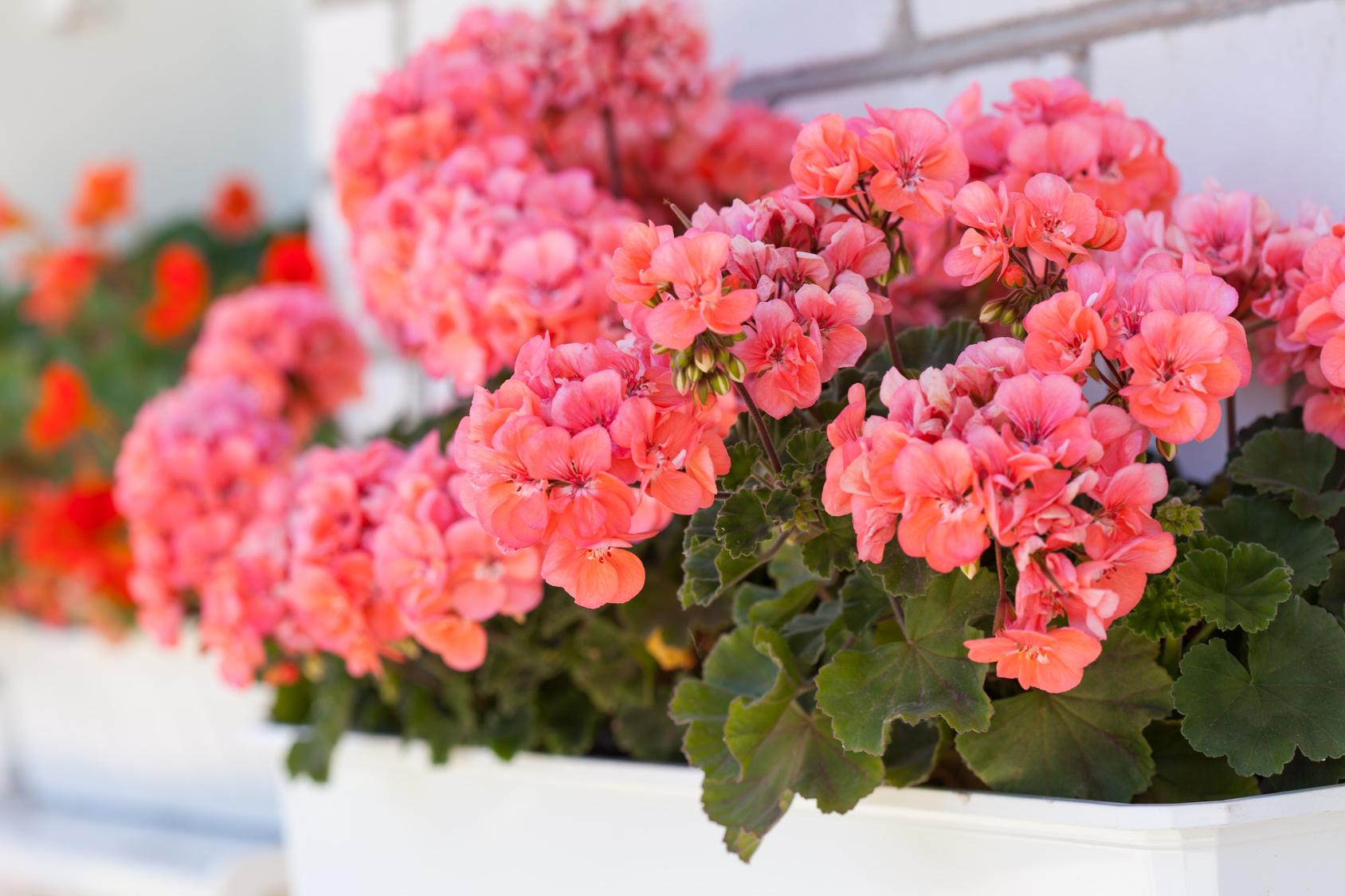 You may be interested in:
You may be interested in:It is important to know that in the first days after purchase, the tree may begin to discard foliage in response to new conditions of detention. This should not be scared, as a rule, this is just one of the stages of flower adaptation.
Secrets of caring for ficus microcarp at home
In the process of growing a tree, the main thing is to follow all the recommendations for its care. Otherwise, the plant will begin to actively discard foliage and become susceptible to various diseases, which will lead not only to a loss of ficus decorativeness, but also to its death.
Lighting
The Indian laurel is a shade-tolerant tree that grows actively both in partial shade and in good light conditions. However, the light falling on the plant must be diffused, exposure to direct sunlight is contraindicated.
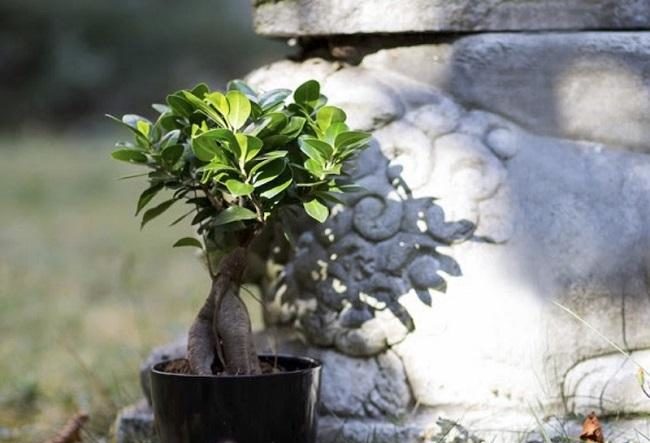
In the event of a lack of light, the green leaves of the flower will become faded. In this case, it is possible to fill the deficit of light with the help of special photolamps.
Temperature and humidity
Ficus is a thermophilic plant whose roots need no less heat than its crown. In this regard, in the cold season to put a tree on the floor or window sill is not worth it. The flower feels great at temperatures ranging from 17 to 24 ° C.
For plant health, air humidity plays an important role. In the case of growth in a room with dry air, the tree becomes lethargic and painful. To avoid this, it is enough to spray the flower with standing water daily and wipe its leaves with a slightly damp soft cloth.
Watering and feeding
The flower requires regular and plentiful watering, however, stagnation of moisture in the soil should not be allowed, otherwise the roots of the tree will begin to rot. The frequency of watering depends on other conditions of the flower, such as lighting, humidity and temperature. Drying 2-3 cm of the earth is a signal that the flower needs watering.
The flower needs to be fed only during the growing season, which occurs in early spring and lasts until the fall. Feeding can be done either directly into the soil, or by spraying the leaves with a highly diluted solution of mineral fertilizers.
Liquid top dressing is applied only once every 14 days. Fertilizer will be more beneficial for ficus if applied to moist soil. To feed the tree, universal complex fertilizers are used for decorative and deciduous plants, which are added to water for irrigation.
Cropping and shaping
The plant responds well to periodic pruning of branches and thick shoots. In addition, this manipulation helps to preserve the decorative data of the culture. Trimming to form the crown is done regularly, every spring. In other seasons, cardinally pruning the plant is not recommended, but you can correct the contour and shorten the branches at any time of the year.
In order for a young tree to form a strong and thick trunk in the future, it must be cut at a low height. Using cropping, you can also give the desired look to the crown. It is better to start trimming the crown from its lower layers, slowly moving up and creating the necessary shape.
 You may be interested in:
You may be interested in: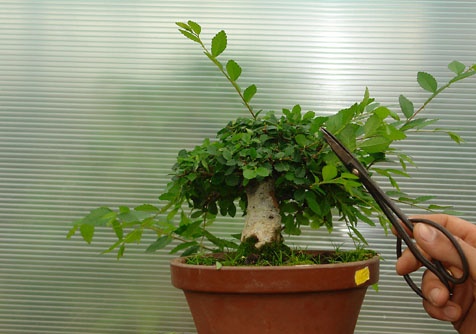
The main thing is to cut off not the leaves, but directly the branches of the tree. In the case of trimming thick shoots, the cut-off site must be treated with garden putty in order to protect the tree from microbes, fungi and parasites.
The skeletal branches of the tree can be set by the direction of growth with the help of a wire, and regular shortening of the main shoots to 5 cm helps the crown to branch and become more magnificent.
Breeding methods
Ficus propagates immediately in three ways: cuttings, seeds and layering. However, they most often resort to cuttings. This is the easiest, fastest and most effective way.

As cuttings, a non-woody top of the shoot, cut at an angle, is used. To root, the stalk is placed in a container of water at room temperature, which must be periodically changed to clean. Roots on the cuttings, as a rule, appear after 3-4 weeks. After this, the stalk can be transplanted into the ground.
 You may be interested in:
You may be interested in:Transfer
Ficus grows rather slowly, so it does not need a frequent transplant, it is enough to replace the substrate every 2-3 years. In addition, the tree does not respond well to transplants, so some growers do not recommend replanting an adult tree at all. For mature ficus, replacing the topsoil is sufficient.
There is no need to transplant ficus every time in a new pot, since the purpose of the transplant is not to change the capacity, but to update the soil mixture. When choosing a new tank, it is better to stop at one that is 2-3 cm larger than the previous one.
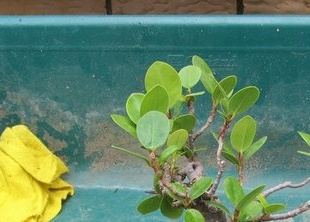
Before transplanting a flower, it must be carefully prepared. The preparation process includes washing the roots from the old substrate in warm water and shortening them by about 10 cm.
Transplantation Stages:
- Bookmark the bottom of the pot drainage layer (2-3 cm). Expanded clay or polystyrene can be used.
- Backfilling new nutrient soil. The plant is not demanding on the substrate, the main thing is to choose loose and moisture-permeable soil.
- Immersion of the plant in the renewed soil. It is necessary to install the tree so that the upper part of its roots rises above the soil.
- Soil compaction.
- Watering.
After transplanting, the tree may discard foliage in response to a stressful situation.
Diseases, pests and treatments
Ficus is quite resistant to disease, but improper plant maintenance can significantly reduce its protective ability. Dry air, improper watering and a sharp change in temperature in the room are the main factors that lead to ficus soreness.
Excessive watering can cause a fungal disease, due to which spots appear on the aerial roots of the plant. To combat the fungus, it is necessary to cut off all damaged areas and treat the tree with fungicide.
It is better to keep the tree away from other ornamental crops, as pests easily move to it from other indoor flowers. The parasites that most commonly affect ficus are aphids and spider mites.
Parasites usually hide on the back of a leaf plate. Aphids can also be detected by small black dots on the leaves. The spider mite gives itself out as a thin cobweb that weaves at the base of the branches. The fastest way to combat parasites is to treat the tree with insecticides.
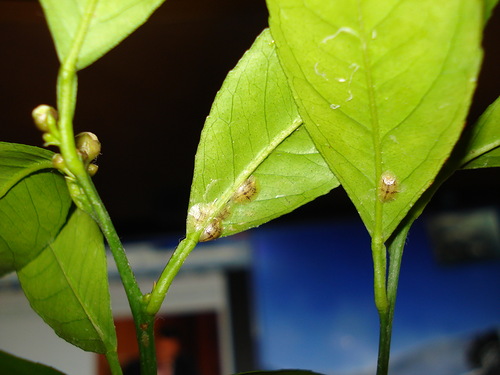
Quite often, the plant completely drops its foliage. This is usually how a tree reacts to drafts, sudden changes in temperature, lack of moisture, and in response to stress caused by a change in habitat or transplant.
Common Growing Questions
Ficus microcarpa is a bizarre plant that, with proper care, will be a wonderful addition to any interior. Needs shaping to give a decorative shape.



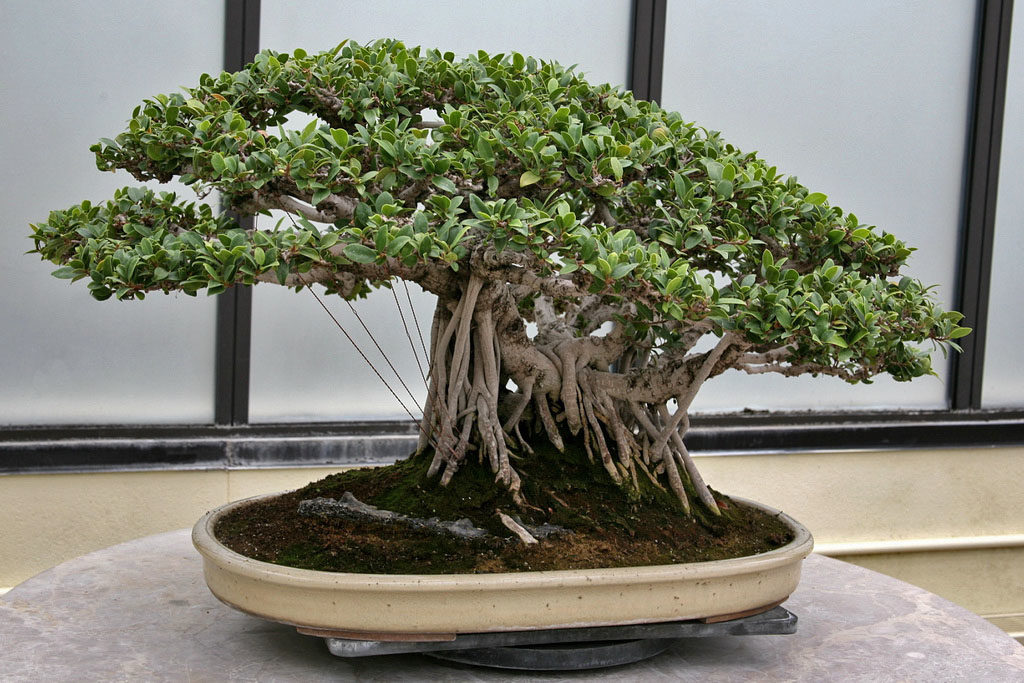
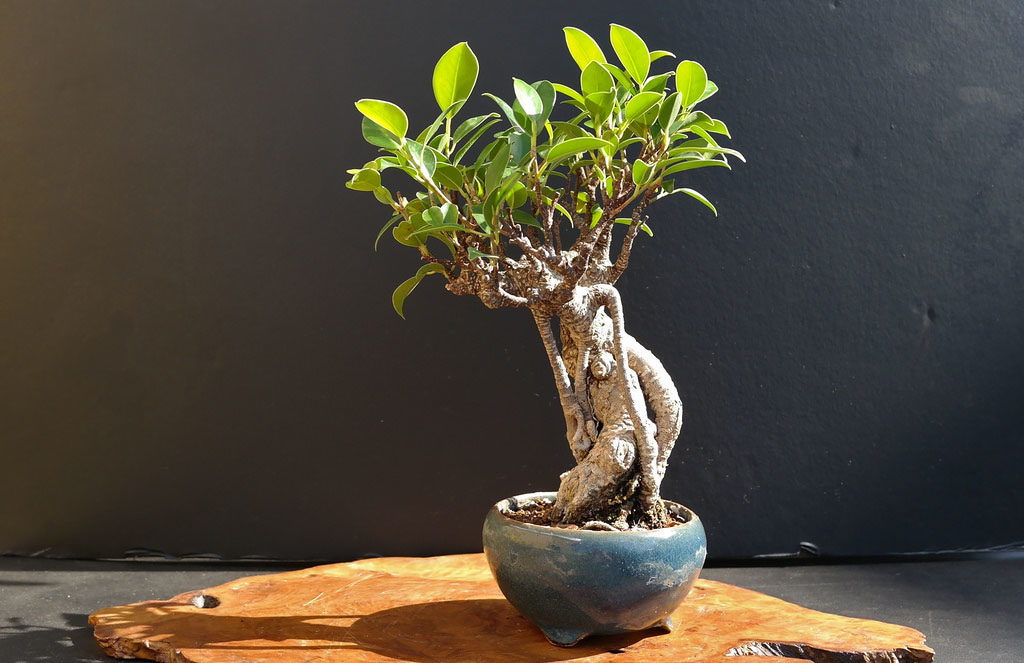

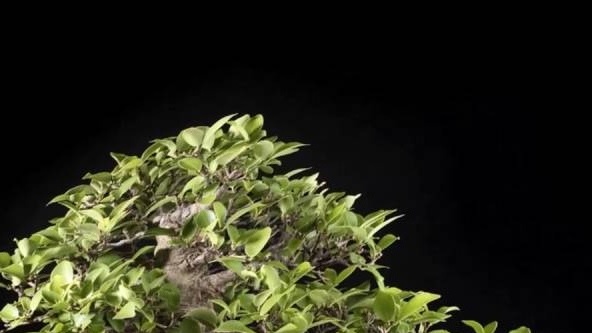



 Sow in the ground, without seedlings: 10 beautiful and unpretentious flowers
Sow in the ground, without seedlings: 10 beautiful and unpretentious flowers Platicodon planting and outdoor care
Platicodon planting and outdoor care Hosta - planting and care in the open ground in the Urals
Hosta - planting and care in the open ground in the Urals Oleander - care and growing at home
Oleander - care and growing at home